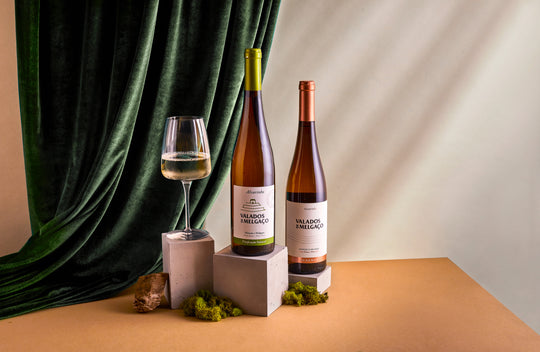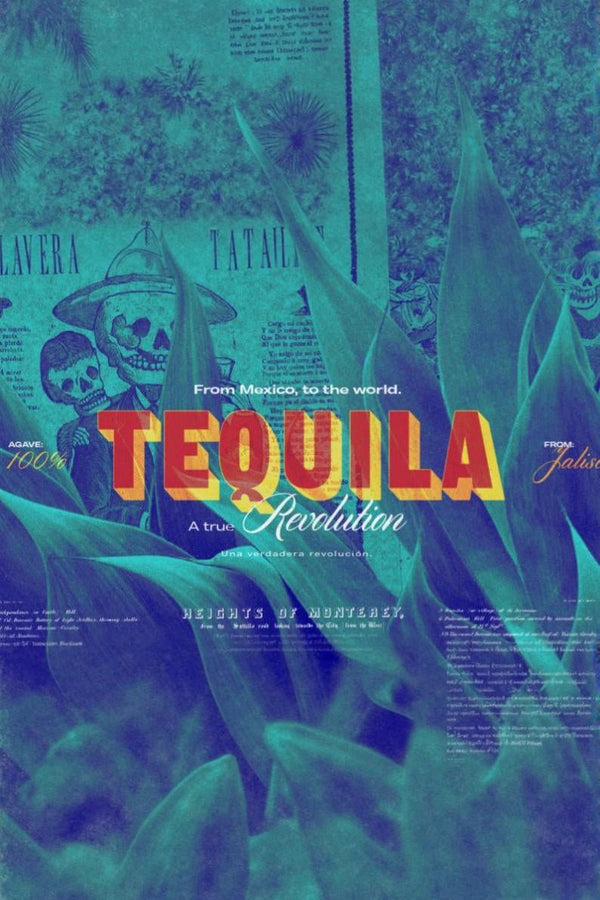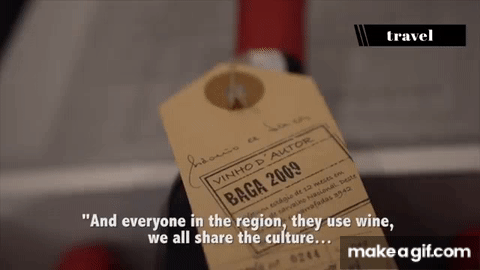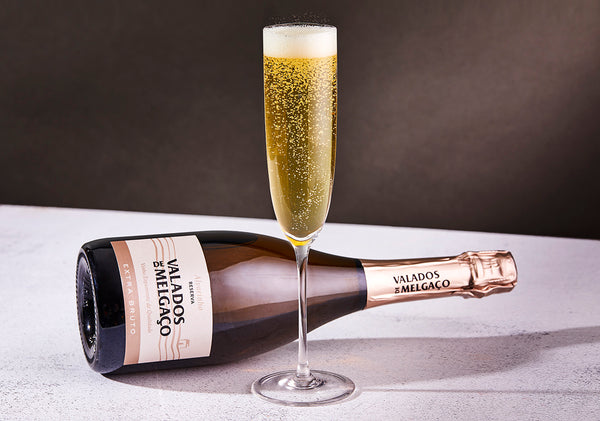New Orleans: a mix of cultures gives birth to great cocktails

Indigenous people called the area where New Orleans now sits as “Balbancha” (land of many tongues).
It’s still an apt name for the Crescent City.
Anyone who’s visited this Southern gem is immediately struck by the confluence of cultures there.
Founded by the French, it was ruled for 40 years by the Spanish and bought by the United States in the 1803 Louisiana Purchase. Add to this heritage mix a long history with slavery, Southern gentry and the close relationship with the Caribeean.
This history gave birth to a distinct Creole culture that still reverberates through the city’s architecture, cuisine and drinks.
Indeed, nothing exemplifies the cultural mix of the “Big Easy” as its cocktails, which are as rich, extravagant and vibrant as the annual Mardi Gras celebration.
Some have become synonymous with the city, to the point that the Museum of the American Cocktail was established there since 2008.
While some of these mixed drinks were not invented there, they were certainly made famous by some of New Orleans iconic bars, which added their own ingredients and perfected them.
Vieux Carré
One of the most famous cocktails in the city is the one that carries its name.
Vieux Carré, meaning “Old Square,” is an homage to the French Quarter, where it was first stirred in the legendary Carousel Bar at Hotel Monteleone in the 1930s.
The recipe: ¾ oz. rye whiskey, ¾ oz. Cognac, ¾ oz. sweet vermouth, 1 barspoon Bénédictine, 2 dashes Peychaud’s bitters, 2 dashes Angostura bitters all blended with ice into a complex mix of sweetness, bitterness and smootheness, much like New Orleans, and garnished with a Maraschino cherry or lemon peel.
The Sazerac
Contrary to popular belief, historians note Vieux Carré was not invented in New Orleans, which did give birth to a number of other cocktails.
One of them is the Sazerac, the “official cocktail of New Orleans” for its use of two locally created ingredients in its recipe: Peychaud’s bitters and Herbsaint.
Peychaud’s bitters were invented by Creole pharmacists Antoine Amédée Peychaud around 1830, who is also credited with creating the cocktail.
A century later, J. Marion Legendre and Reginald Parker developed Herbsaint as an anise-flavoured absinthe substitute.
The cocktail is made in a Herbsaint-rinsed glass with rye or bourbon, dashes off Peychaud’s bitters, Pernod, a sugar cube, all stirred or shaken with ice, and served with a lemon rind.
The Hurricane
Flanked by the Mississippi River and Lake Pontchartrain, has been battered over and over by the hurricanes born in the Caribbean that make their way north along the Gulf of Mexico.
So it’s no surprise that one of its classic cocktails bears this name.
Legend has it, the owner of the Pat O’Brien’s Bar created the Hurricane in the 1940s to get rid of excess rum from liquor distributors.
But the cocktail made with light and dark rum, lime, orange, passionfruit juices and grenadine took the city by storm (pun intended) and is still making waves.
Brandy Crusta
Invented in the 1850s by Italian bartender Joseph Santini at the Jewel of the South, the bar at the New Orleans City Exchange, the cocktail includes 1 ¾ oz. Cognac, 1 teaspoon Grand Marnier, ¼ oz. maraschino liqueur, ¼ oz. simple syrup, ¾ oz. lemon juice and 2 dashes Angostura.
Brandy Milk Punch
Another essential “New Orleans” cocktail is this drink that dates back to 1862 and is now a brunch standard.
The recipe calls for 1 1/2 oz. brandy, 2 oz. whole milk, 2 oz. cream, 1 teaspoon simple syrup, and ½ teaspoon vanilla extract.
Absinthe Frappé
Aleix Coffee House head bartender Cayetano Ferrer is the creator of this refreshing cocktail that includes 1 ½ oz. Absinthe, ½ oz. rich simple syrup, 2 (optinal) dashes of anisette, 2 oz. chilled soda water, 8 mint leaves and 1 lemon wedge. It is simple, icy and strong, a true pick-me up, if you ever need it.
Ramos Gin Fizz
Henry C. Ramos gave its name to this drink created at the Imperial Cabinet Saloon.
The rich, silky blend includes 2 oz. Gin, ½ oz. heavy cream, ½ oz. of lemon and lime juice, ¾ oz. simple syrup, 1 egg white, ¾ oz. simple syrup and 3 dashes of orange flower water. The cocktail is foamy, fresh and floral.
Café Brûlot
Jules Alciatore invented this cocktail at Antoine’s Restaurant.
The perfect after-dinner drink contains 3 oz. Cognac, ½ oz. Grand Marnier or Cointreau, 1 ½ tablespoons dark brown sugar, 2 cinnamon sticks, 8 whole cloves, and 3 cups strong New Orleans chicory coffee. The fiery drink, as is classically prepared, is sometimes described as a magic trick for the palate.
Roffignac
No one knows the inventor of the signature cocktail at the former Maylie’s restaurant that is named after 1820s Mayor Count Louis Philippe Joseph de Roffignac, who brought cobblestones and gas lighting to the French Quarter.
It includes 2 ½ oz. raspberry shrub, 1 ½ oz. Cognac, ½ oz. simple syrup and soda water.
Like the gas lighting, the drink continues to light the way in New Orleans.
Cocktail à la Louisiane
Taking its name from the place where it was created, the Restaurant de la Louisiane, this drink is a cousin of Sazerac and Vieux Carré and includes 2 oz. rye whiskey, ½ oz. Bénédictine, ¾ oz. sweet vermouth, 3 dashes Herbsaint or absinthe, 3 dashes Peychaud’s Bitters.
The cocktail carries an herbal flavor usually topped with a Maraschino cherry.
Arnaud’s Special Cocktail
Invented at Arnaud’s French bar, it contains 2 oz. Scotch, 1 oz. Dubonnet Rouge and 3 dashes of orange bitters.
A close cousin of the Rob Roy, this cocktail has a crisper edge.
Bywater
Named after the city’s Bywater neighborhood, this modern drink was created at Arnaud’s French 75 in 2007 and includes 1 3/4 oz. aged rum, ¾ oz. Green Chartreuse, ½ oz. Averna Amaro and ¼ oz. velvet falernum.
Like the Caribbean-flavored community where it gets its name, the cocktail is artsy and vibrant.
Birdie













